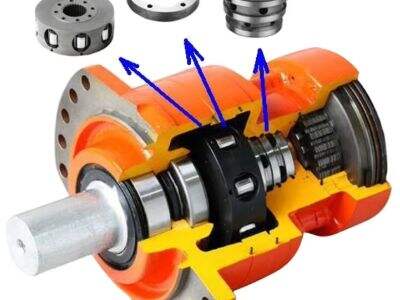Hydraulic drive motors are essential components in a wide range of machines. They’re what help these machines move and work so good. Hydraulic drive motors may be slow or insufficient at times. This can be a challenge for the machines’ work. If you notice that a machine with a hydraulic drive motor is not operating properly, you may have to troubleshoot the motor to solve the issue. Read on for some help.
Hydraulic Motors Common Issues
There are a couple of common issues if a hydraulic drive motor would not run well. That apart, one issue is lack of fluid in the motor. If the fluid is low, the motor might not function optimally. Another issue is a leak in the system. If there is a leak, the fluid could be leaking and not allowing the motor to work the way it should. You must identify common issues if you want to begin troubleshooting the motor.
How to Verify a Low Or Weak Hydraulic Drive Motor
If you want to test a slow or weak hydraulic motor, here’s how you do it:
Inspect the motor for proper fluid levels. This is important: You want there to be enough fluid there that it gets a good chance to work. If it is low, you can add more to the motor.
Look for leaks in the system. If there are any leaks you'll have to eliminate them before the motor can operate properly.
Test the system for pressure. The pressure has to be right for the motor to work fine. If the pressure is too low, you might have to replace it.
Suggestions to Address Hydraulic Drive Motor Issues
Here’s a few tips for troubleshooting hydraulic drive motor issues:
Ensure that the motor is clean and not dirt-soiled to ensure a slow or weak operation.
Inspect the system’s filter. If the filter is dirty, you may need to replace it so the motor can function properly.
Search for signs of anything that appears to be loose or broken. You can help the motor perform better by mending, or replacing if necessary, any that are torn, worn or missing.
How to Test a Hydraulic Motor for Leaking/Sucking Air
Follow these steps to test the levels and pressure of the fluid in a hydraulic drive motor:
Locate the fluid reservoir in the system. This is the pocket where the fluid is held for the motor.
Level of fluid from container. The liquid will need to be at the correct level for the engine to operate properly. If it is low, add more fluid.
Pressure Test Use a pressure gauge and check the pressure in the system. The pressure needs to be just right for the motor to operate properly. If it is too low, you might want to revise it.

 EN
EN
 AR
AR BG
BG CS
CS DA
DA NL
NL FI
FI FR
FR DE
DE HI
HI IT
IT JA
JA KO
KO PL
PL PT
PT RU
RU ES
ES SV
SV TL
TL IW
IW ID
ID SR
SR SK
SK SL
SL UK
UK VI
VI GL
GL MT
MT TH
TH TR
TR FA
FA AF
AF MS
MS GA
GA HY
HY EU
EU LA
LA MI
MI NE
NE MY
MY